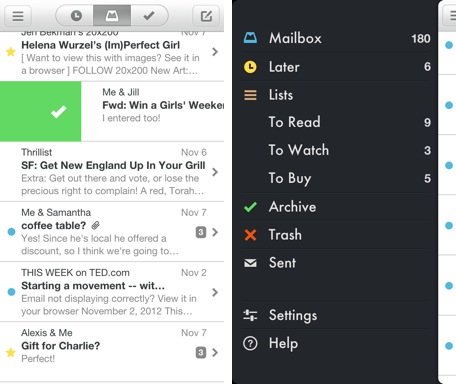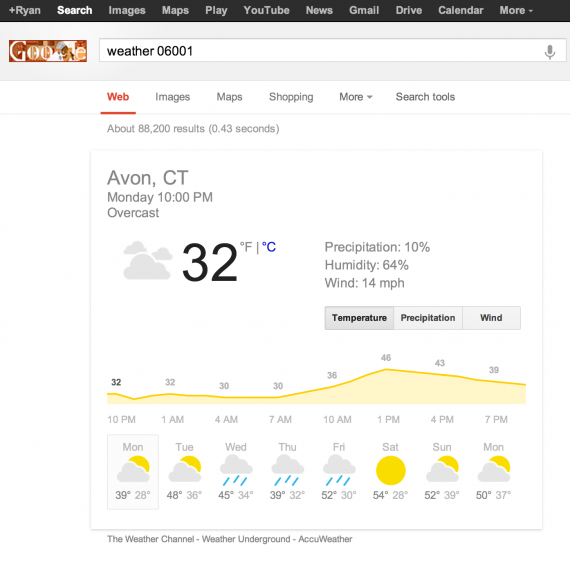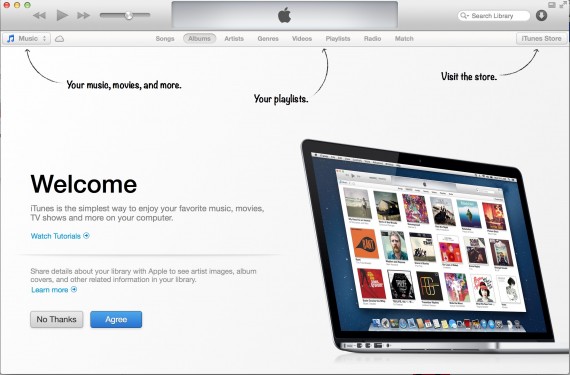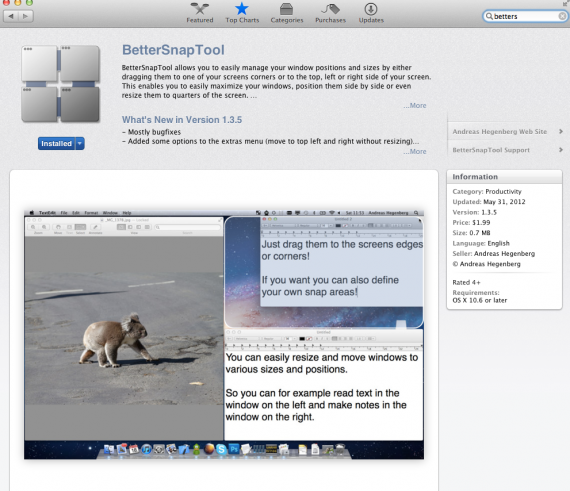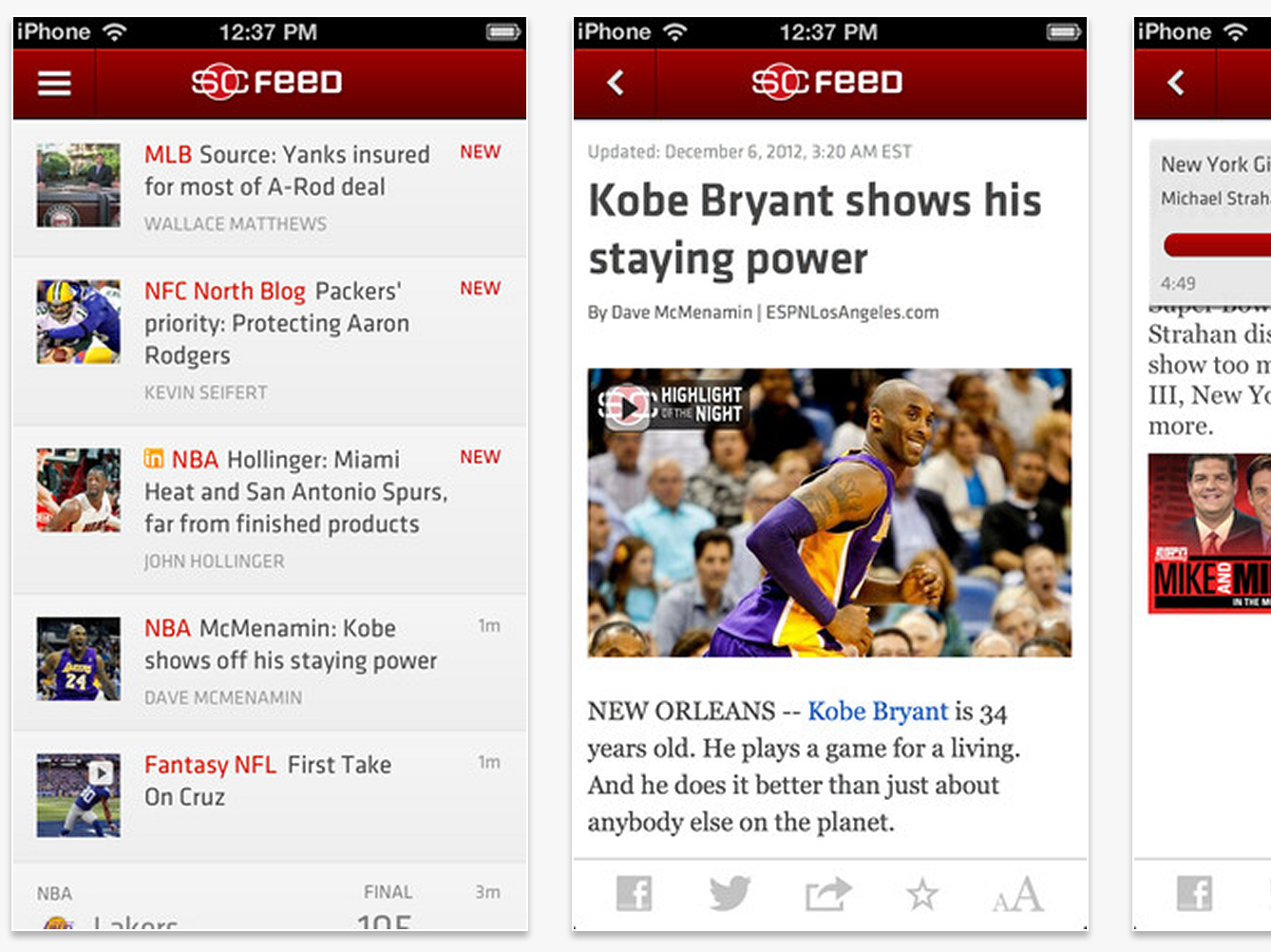One of the great (maybe most under used?) Twitter features is mobile notifications. They are very valuable when used properly (ie following the right users) and overwhelming when used incorrectly (ie following too many people) - and Twitter recognizes this. Hence, Twitter is now recommending mobile notifications of recommended users on Twitter.com. Great in-the-river promotion that encourages cross device use (from web to mobile) and for users / content that they believe I will appreciate.
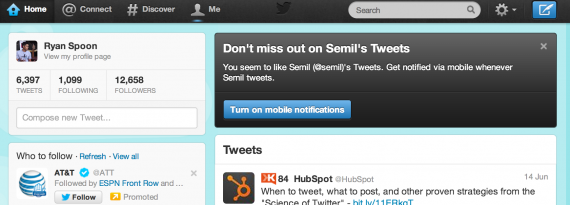
Watch ESPN Arrives on Apple TV
WatchESPN is now available on your Apple TV. Fans now have access to on demand video, live streaming games, and live access to ESPN, ESPN2, ESPNU, ESPN3 and ESPN Buzzer Beater/Goal Line (some content requires video subscription from affiliated providers). There are now multiple ways to get WatchESPN content on your big screen: the Apple TV application and Airplay.
“HBO GO and WatchESPN are some of the most popular iOS apps and are sure to be huge hits on Apple TV,” said Eddy Cue, Apple’s senior vice president of Internet Software and Services. “We continue to offer Apple TV users great new programming options, combined with access to all of the incredible content they can purchase from the iTunes Store.”
- More on Apple.com - To access simply update your Apple TV software
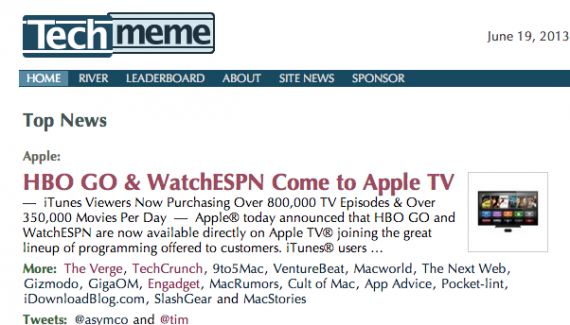
Today on ESPN3: 86 Live Events
Want a taste of what makes ESPN3 special? Head over to ESPN3 or access on your mobile app via WatchESPN and you'll find: - 86 LIVE events spanning - 10 different sports (from lacrosse to basketball to baseball, etc) - both US and international - and across high school, NCAA and professional levels
It is part of what makes ESPN and our digital efforts special: a focus on live games, exceptional delivery across any screen, and diversity + breadth of content.

Read more on ESPN Front Row.
Google Search, Inline Weather
It's the first time I have searched for weather on something other than my phone... which is interesting itself. But tonight, I Googled weather 06001 (our zip code) and found the following screenshot of an entirely contained, smart weather 'widget'. It's an example of Google delivering a simple, fast experience with instantaneous satisfaction. No reason to leave the search page. No need to click organic or sponsored links. And consistent with how Google behaves on mobile web and within Google Now on Android.
Google's High End Chromebook Pixel
Let me preface by saying that I am typing this on a Macbook (15" Retina) and love the device. And I have previously not been attracted to the Chromebook series for a variety of reasons: namely form, function and unclear ability to replace either my laptop or iPad. But the Chromebook Pixel is different - and I would argue much more important... regardless of whether you consider it attractive or compelling.
Four quick reasons I think it is important to at least learn more about the Pixel. Note: The best write up I found was on The Verge.
1) Google is getting in the high-end hardware game. You may not buy it and you may find it expensive: but it's great looking, matches the retina display, etc. And it signifies a very different move for Google: both in market placement and market entry (see Google Store rumors here).
2) It is entirely cloud based. This continues the Chromebook line and concept. And the pricing has caused debate considering the reliance on cloud. But again: it's important because it signifies a major shift: browser base, software in the cloud (my take here - even on Apple) and tie in to Google's wider world (ie google drive as the memory)
3) SIM card enabled. My biggest want in my laptop is LTE. It's coming of course and will be everywhere. The Pixel has it first.
4) It is touch enabled. And seems to do a good job with that. Like point 3 above, its coming everywhere. But again: the Pixel has it. And again, whether you want to buy a Google laptop or not, it is important in what it represents: cloud, mobility and touch.
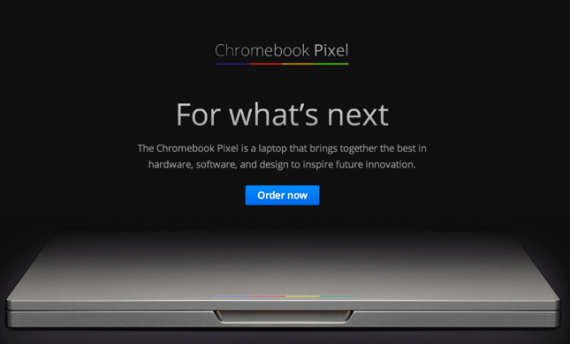
iTunes Welcome Screen, Appified
I wrote about the appification of software as a thematic takeaway of 2012. Here is a great - but very different - example. The newest iTunes might not behave like an app - but it certainly takes cues from popular app designs / trends. This starting screen for the entirely revamped iTunes product looks exactly like a starting screen for other iPad applications. Soft arrows pointing out specific changes or user behaviors.
It's a familiar way of making an unfamiliar product (after all, this is new) familiar again.
A Reflection of 2012: The Appification of Software
As 2012 is in the books, much has been written about tech and consumer application developments over the last year - and what's coming in 2013. A good review of what happened in 2012 can be found on Techmeme's headline stack: top headlines and 'biggest' stories. In thinking about how my digital behaviors have changed over the last year - not much stood out as fundamental shifts. And it's not because I am bored per se... it's because my behaviors were mostly incremental advances on already existing trends. For instance: - yes, I use mobile far more than laptop / desktop - yes, I consider Facebook to be more important as an identity mechanism than a social environment - yes, I use Twitter and Facebook as my portal into news and content - yes, my fitness world is filled with data and synced across my mobile device - and yes, I could lose any of my devices, would financially be upset, but ultimately wouldn't care much because my life is synced in the cloud: photos, contacts, notes, files, emails, apps, etc
So what was fundamentally different for me? The appification of software... and I don't mean mobile apps - I mean traditionally boxed software that was expensive, painful to install, impossible to sync, etc. I purchase Aperture via the MacOS store while on vacation last week. It downloaded over hotel wifi (Disney World's wifi, for what it's worth, is excellent) and was available on all of machines. Thats a far better, easier experience than we used to live in.
More importantly - there is zero friction in purchase. And that pertains to expensive products (Aperture is ~$75) and to inexpensive products (apps, games, etc). I find myself purchasing more often because it is easy, fun and works across my devices.
Example: the one part of Windows that I loved was the native locking of window sizes. It bugs me that Mac doesn't have something like that. Enter MacOS store - download BetterSnap Tool for $1.99 (a top 100 grossing app) and it's solved.
While we move from laptop and desktop to mobile, so does the software experience... even if we are still on laptop and desktop.
Announcing the SportsCenter Feed for iPhone & iPad
This is the first of a few posts on ESPN's product launches / updates. You can view them all in three places: product.espn.com, Facebook.com/espnproduct and on this blog. I am late to announce the launch of ESPN's newest mobile application, The SportsCenter Feed. The Feed launched for Christmas and is available in iOS for both iPhone and iPad. The Feed delivers personalized news across ESPN's vast array of the content: articles, blogs, videos, highlights, scores, radio, podcasts and more. In addition to general themes like Top News, league specific and video only - fans can access and create personalized feeds by logging in with either their ESPN or Facebook accounts.
The SportsCenter Feed is the perfect compliment for our other core applications: - Feed for news, commentary, highlights, etc - ScoreCenter for scores, gamecasts and alerts - WatchESPN for streaming content, video and games - ESPN Radio for streaming audio and podcassts
These applications will begin to be better integrated and speak to one-another more deeply and relevantly.
Please download the SportsCenter Feed and send your feedback. We are designing and developing the next versions - so your input in welcome and timely.
For iPhone:
For iPad:
And afront the iTunes store:

